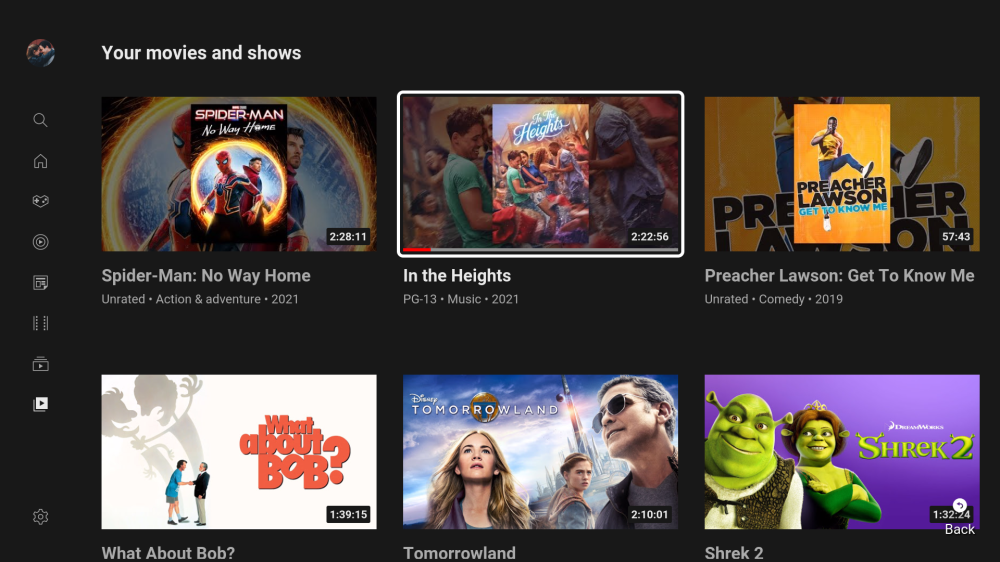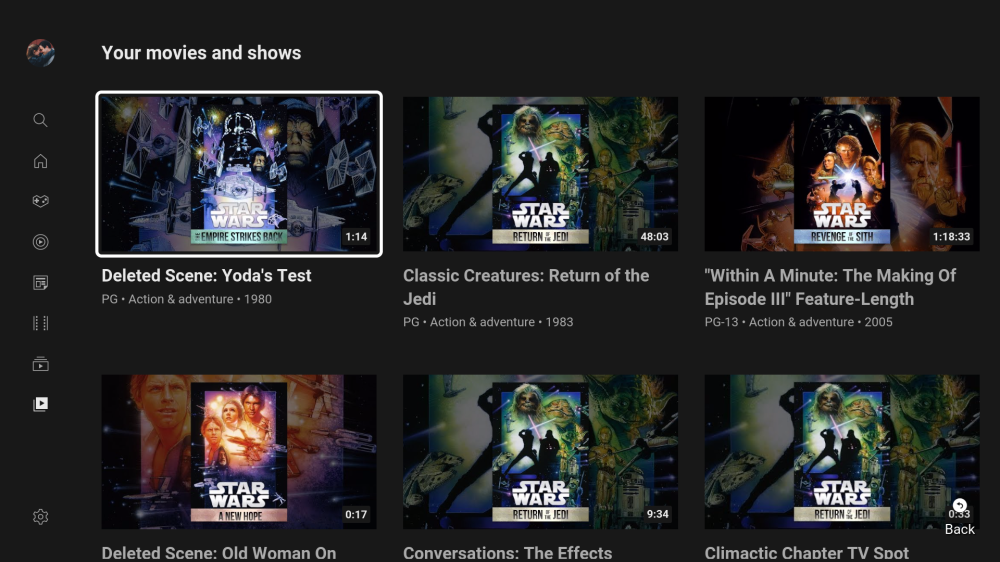
This week, Google announced another step towards the end of Play Movies & TV as it continues to push towards Google TV instead. It’s the right call, but with a headache attached for many customers.
What’s happening to Play Movies & TV?
Google Play Movies & TV has been around for over a decade, since 2011. The product acted as a marketplace and library for digital movies and TV shows, much like iTunes, Vudu, and Amazon Video. Play Movies & TV was available across almost every platform, from Roku to Apple TV to Android and iOS, along with Google’s own Android TV platform and Chromecast.
This week, Google announced that it would shutter the Play Movies & TV brand and functionality in the Play Store on Android, shifting library management and purchases to the Google TV app as well as the Google TV platform on devices such as the Chromecast and TVs from Sony and TCL.
The death of Play Movies means using YouTube instead
Google TV is not a cross-platform product, and Google has shown virtually no interest in that path. Nearly two years later, there’s still no Google TV app for iOS, and Google TV has only replaced Play Movies on Android in a select number of countries, with little expansion. There were apps for Play Movies on smart TVs too, but those were shut down last Summer on Roku, Vizio, and LG TVs.
This presents a bit of a problem for users. Anyone who uses a Roku or other smart TV and who has invested in a library on Google Play Movies & TV is left without an official way to access that library beyond using the YouTube app. That works, but YouTube’s movie experience is pretty clunky by comparison, and that’s the nice way of saying it.
YouTube’s implementation of purchased movies and TV shows is something that has always felt shoehorned into the app, and never something meant to be the central focus. To access purchased movies on the TV app, for instance, you have to go to the Library section, then “Your movies and shows.” It’s quite literally on the lowest portion of the app, and it’s not easy to find either. I’d argue that the average user has no idea this functionality even exists. There’s no search or sensible organization here either. Just a list of movies and shows you’ve purchased in chronological order. Making matters worse, any additional content such as deleted scenes are just thrown into that list.


It’s also clear that YouTube considers this less important, given that the web portal for watching movies through YouTube on the desktop has been capped at 480p for two years, a move which was supposed to be “temporary.” The TV app also doesn’t support newer standards, like Dolby Vision HDR.
Yet, this is the experience Google is giving to its customers who are on any platform other than Google TV. You can only watch a purchased movie from your Google account on Roku, for instance, through this clunky method. Movies Anywhere would also work in this regard, but it doesn’t work with every single film. Still, I’d much rather sync my purchases to a proper movie client than use YouTube’s awful experience.
It’s not hard to see a future where Google has two paths for purchasing movies and TV shows. Based on the current trajectory, it would make sense for Google to discontinue its remaining Play Movies apps and shift those platforms only to YouTube, while offering Google TV on Android and on TVs.
It’s also probably safe to assume that legacy Android TV products (those running the older Android TV experience, not Google TV) will be relegated to this same experience eventually, given those devices are still using a Play Movies app. The only alternative is a branding nightmare, where Google keeps a Play Movies app alive on only one platform, or rebrands that app as “Google TV,” only making the split between Android TV and Google TV as differing platforms more confusing. While Google could just let the existing experience coast along until Android TV as a consumer experience is irrelevant, it feels just as likely that Google could shift those customers to YouTube instead.
There is something to be said about the good of using YouTube as a movie library. YouTube is available virtually everywhere, meaning you can use one app to access your content on almost any device. Plus, it’s a brand that many people, especially younger generations, already associate with their video entertainment.
Google TV is clearly the future
Through all of Google’s moves in the entertainment space, there are a couple of things that have become clear. First and foremost, Google TV is clearly the future of Google’s home entertainment ambitions, and it’s the right move. It’s a great brand with a clear goal and decent foundation. Done right, it’s a product that should last, and act like iTunes, but for Google’s ecosystem.
But at the same time, the shift over to Google TV has resulted in a lot of confusion. It started in 2020, when Google TV was introduced. At that point, Google TV, the platform, still had to stand out against Android TV, the platform it’s supposed to replace. Further, the Play Movies & TV app was replaced on Android by a new, better Google TV app. But on iOS, nothing has changed – while that’s annoying, it’s not like Apple gives Android customers any help here either.
Still, Google’s entertainment efforts are better spent on Google TV, rather than Play Movies. That’s because Play Movies was just a marketplace, and while it was a good one, it was generic. Google TV gives the company space to showcase its own unique vision, which to date has been to help users navigate the increasingly confusing world of streaming apps – a task it excels at.
FTC: We use income earning auto affiliate links. More.




Comments